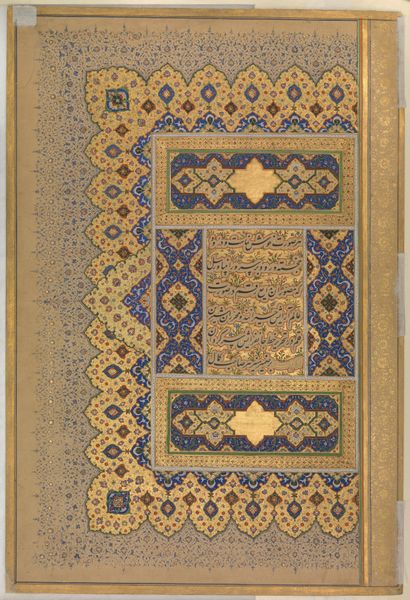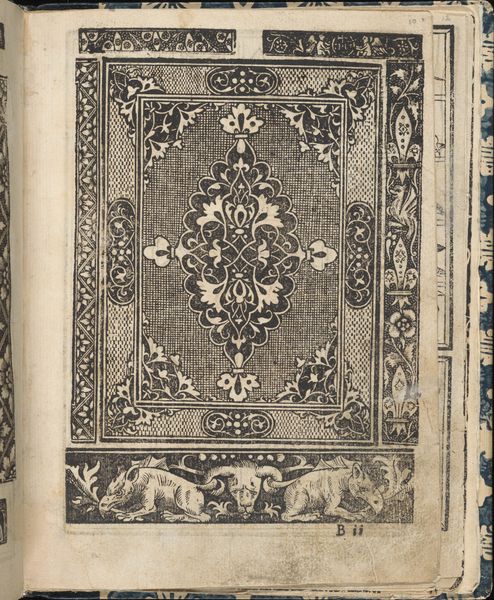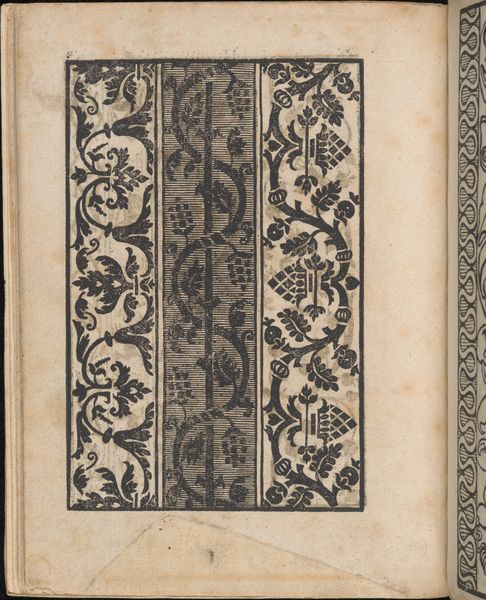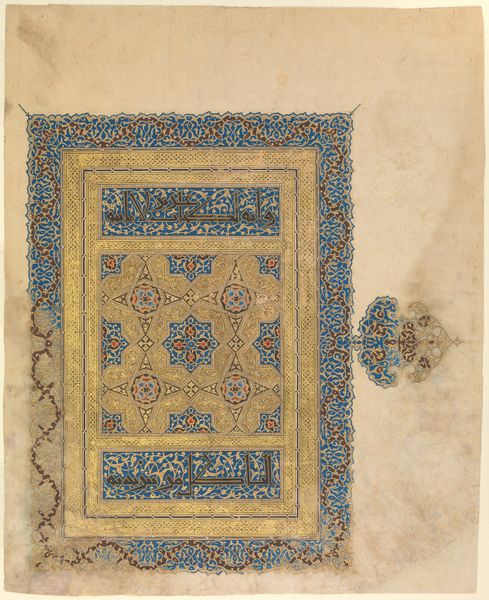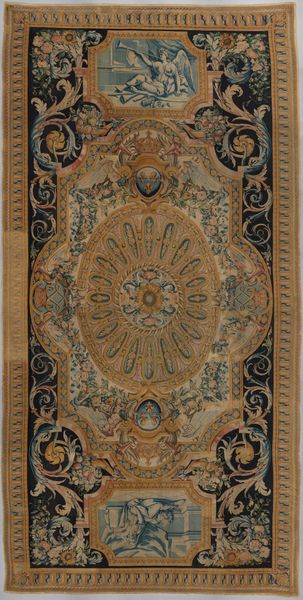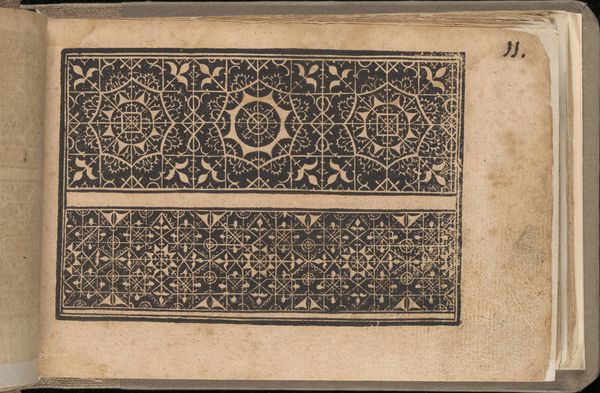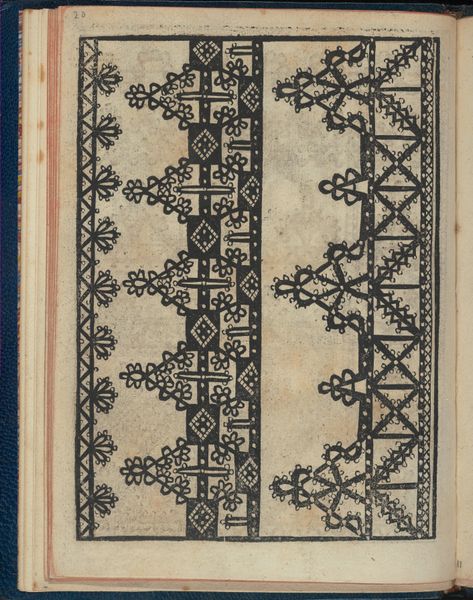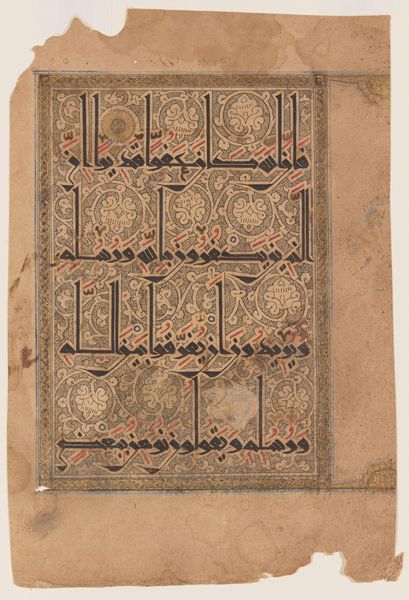
#
natural stone pattern
#
wood texture
#
toned paper
#
tile art
#
carved into stone
#
linocut print
#
map art
#
wooden texture
#
islamic-art
#
layered pattern
#
watercolor
Dimensions: H. 10 1/8 in. (25.7 cm) W. 7 1/2 in. (19 cm)
Copyright: Public Domain
Editor: We're looking at a Folio from a Qur'an Manuscript, made sometime between 1112 and 1162. It's currently housed at the Metropolitan Museum of Art. The intricacy is just amazing. What strikes you most about the visual composition? Curator: Note how the dominant feature of this piece is undoubtedly the meticulously rendered calligraphy. Its verticality immediately arrests the eye. Consider also the carefully constructed borders. How do these linear elements interact with the organic flow of the script? Editor: It feels almost like the script is trapped by the borders. Is that intentional, do you think? Curator: Perhaps. One could interpret it as a formal constraint, a deliberate juxtaposition of freedom and order. Reflect on the use of gold leaf – how does its luminosity affect the overall reading of the work? Does it create a sense of the divine, perhaps? Editor: Absolutely, the gold makes it feel precious, elevated. And the patterns, although complex, are so regular. Does that regularity add another layer of meaning? Curator: Precisely! The regularity offers a sense of structure. Observe how the use of geometric pattern supports the rhythmic nature of the writing. These are visual cues intended to guide contemplation, aren't they? How does the materiality, the texture of the page itself, factor into your experience? Editor: Now that you mention it, I notice a sense of age in the paper’s texture, adding another dimension to the piece. Curator: Indeed. By considering the interplay of text, border, medium, and texture, we access deeper meanings encoded within this illuminated page. Editor: I see it now! I originally looked at this piece simply for its artistic composition, but I didn’t really think of how its physical form further enriches our understanding.
Comments
No comments
Be the first to comment and join the conversation on the ultimate creative platform.
